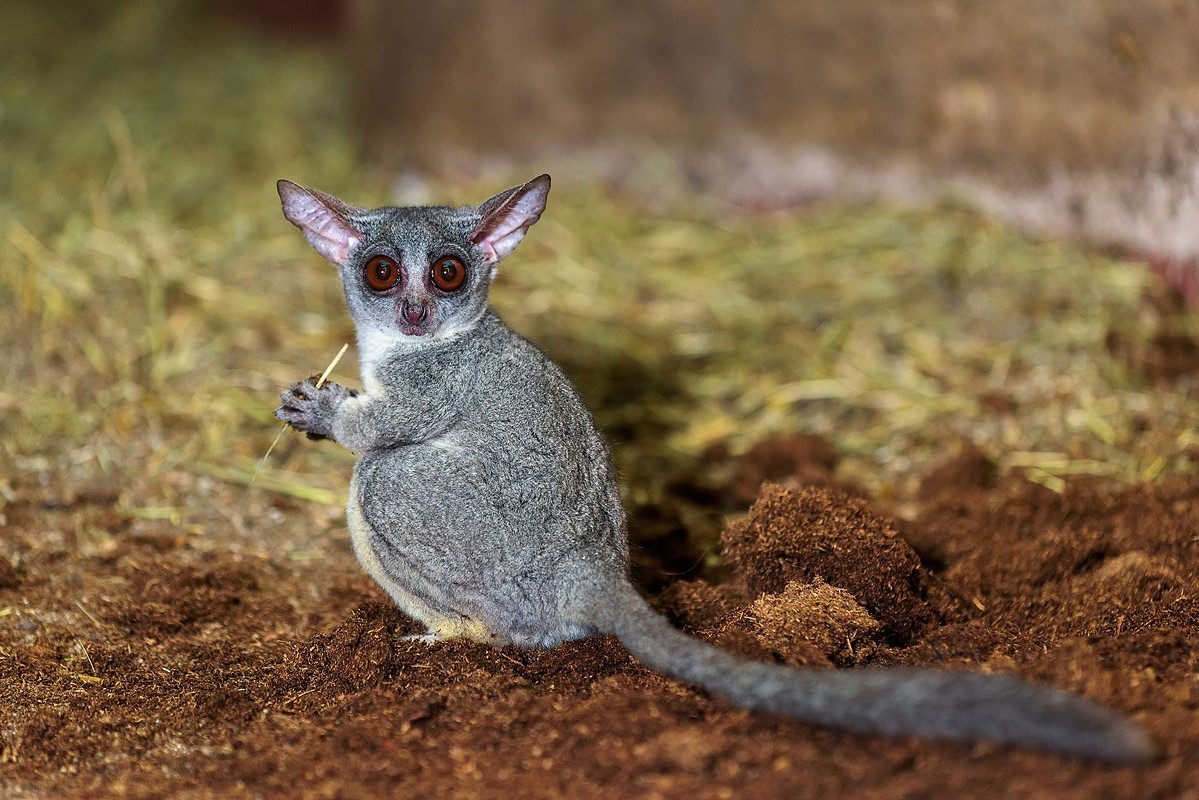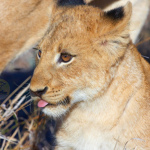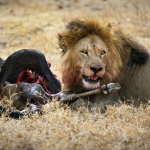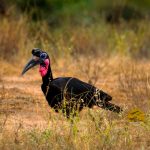Exploring the mysterious world of bushbabies in Uganda: Nighttime Primates
Uganda’s Bushbabies-Pearl of Africa, rightly so, for not only are the landscapes different, but so are cultures and biodiversity so unique. Among such baroque creatures that engulf the dense forests and savannas of this land, the bushbabies take precedence. These small, nocturnal primates, otherwise known as galagos, play an important ecological role in the ecosystems of this country and yet remain relatively elusive to many people.
What Are Bushbabies?
The family Galagidae contains small, nocturnal primates known as bushbabies and occur in Sub-Saharan Africa, including Uganda. Bushbabies obtain their name from the strange wails, somewhat like a baby crying, which members of this species utter for contact calls in the dark. They possess large eyes, and because they are fantastically agile, their long tails help them to balance while leaping from tree to tree in search of food.
They have excellent night vision that helps them to forage and conduct their journey in thick forests under the cover of darkness. Perhaps one of the most alluring features about them is a pair of big luminous eyes gleaming in the dark, thereby making them a favorite of all wildlife enthusiasts who get lucky enough to lay their eyes on them during night safaris.
Physical Description
Bushbabies have a few specific physical adaptations. Their large, forward-directed eyes give them keen depth perception and excellent night vision. They possess strong hindlimbs and feet, adapted for intensive jumping; many are capable of jumping 2-3 meters in a single leap. Their long tail is bushy and prehensile to help them steer and balance while making such spectacular jumps.
The fur is soft and thick, ranging in color from gray to brown, the coloring appropriate for camouflage in their forest homes. A generally small size, about the size of a squirrel, makes them both cute and agile enough to maneuver through and out of treetops, hence escaping predators.
Species Diversity: Bushbabies of Uganda.
Several species occur in Uganda, but most common are the Lesser Bushbaby (Galago senegalensis) and Thick-tailed Bushbaby (Otolemur crassicaudatus). These primates have striking features: enlarged eyes adapted for nighttime vision, distinctive calls, and great agility in treetop maneuvers.
Habitat and Distribution.
Bushbabies are largely found in tropical forests and woodland savannahs. Common in the most preferred national parks like Kibale Forest National Park, Queen Elizabeth National Park, and Bwindi Impenetrable Forest. These places will provide dense vegetation with tall trees, which bushbabies prefer to stay high in the upper canopy in their lives.
Though small and elusive, the bushbaby is very important in the ecosystem. They feed on insects, tree gums, and fruits, hence controlling the population of insects while encouraging seed dispersion to effect forest regeneration.
Behavior and Nocturnal Lifestyle.
Nocturnal by nature, bushbabies spend the day sleeping in hollow tree trunks or thick foliage. At night, these primates get into their skipping mode, jumping from branch to branch, foraging for insects to eat, fruits, and tree gum. The elusive nature of the bushbaby makes observing their behavior a little difficult in the wild; therefore, night guided tours promise to be a real adventure for those interested in wildlife.
Social Structure of Bushbabies.
Normally solitary, except the Thick-tailed Bushbaby, which can organize themselves into small family groups. Their social life and communication include a high-pitched call and clicking sounds; these calls are important to understand while undertaking studies on the Behaviour and ecology by researchers.
How to Spot Bushbabies in Uganda.
A bushbaby would, therefore, be for the keen eyes of a wildlife enthusiast. Being nocturnal, bushbabies are best observed in night safaris or night guided walks through Uganda’s forests. Kibale Forest National Park, with its large population of primates, offers some of the best opportunities to see bushbabies in their natural habitat. Rangers and guides use flashlights or headlamps to scan the trees for the reflective glow of the bushbaby’s large eyes.
Another excellent spot is Queen Elizabeth National Park, with night drives that afford visitors a chance to experience the magic of the African night by listening for the weird calls of bushbabies and being in a position to spot their quick movements among trees.
Conservation Challenges.
Despite its fascinating nature, many threats face the bushbaby in Uganda, such as habitat loss through deforestation and agricultural expansion. Bushbabies are often captured for illegal pet trades that threaten their populations. Therefore, conservation efforts are very much in need of securing their habitats and sensitizing people about the importance of conserving these unique primates.
Research and Conservation Initiatives.
Ecology, behavior, and genetics are some of the different studies that researchers and conservationists are carrying out on bushbabies in Uganda. Conservation involves educating the communities and restoring its habitats. Ecotourism is supposed to be done in a manner that should be able to allow the survival of these primates for as long as possible.
Ecotourism Opportunities.
In Uganda, the land of sustainable tourism, there is an opportunity to see bush babies in their natural habitat as an eco-conscious traveler. The night walk guided through the national parks and reserves leads to the discovery of these elusive creatures, hence their contribution to a noble cause: the conservation and development of the community.
Remarks about Bushbabies in Uganda.
When the sun sets among Uganda’s diverse geography, a mysterious world of bushbabies comes alive. These nocturnal primates offer very fundamental ecological functions in their natural habitats with their peculiar behaviors and adaptations. The call for their survival in the wild into the future generations through conservation and responsible tourism practices is necessitated by their survival in the wild for future generations to continue being amazed by the beauty of Uganda’s natural heritage.











